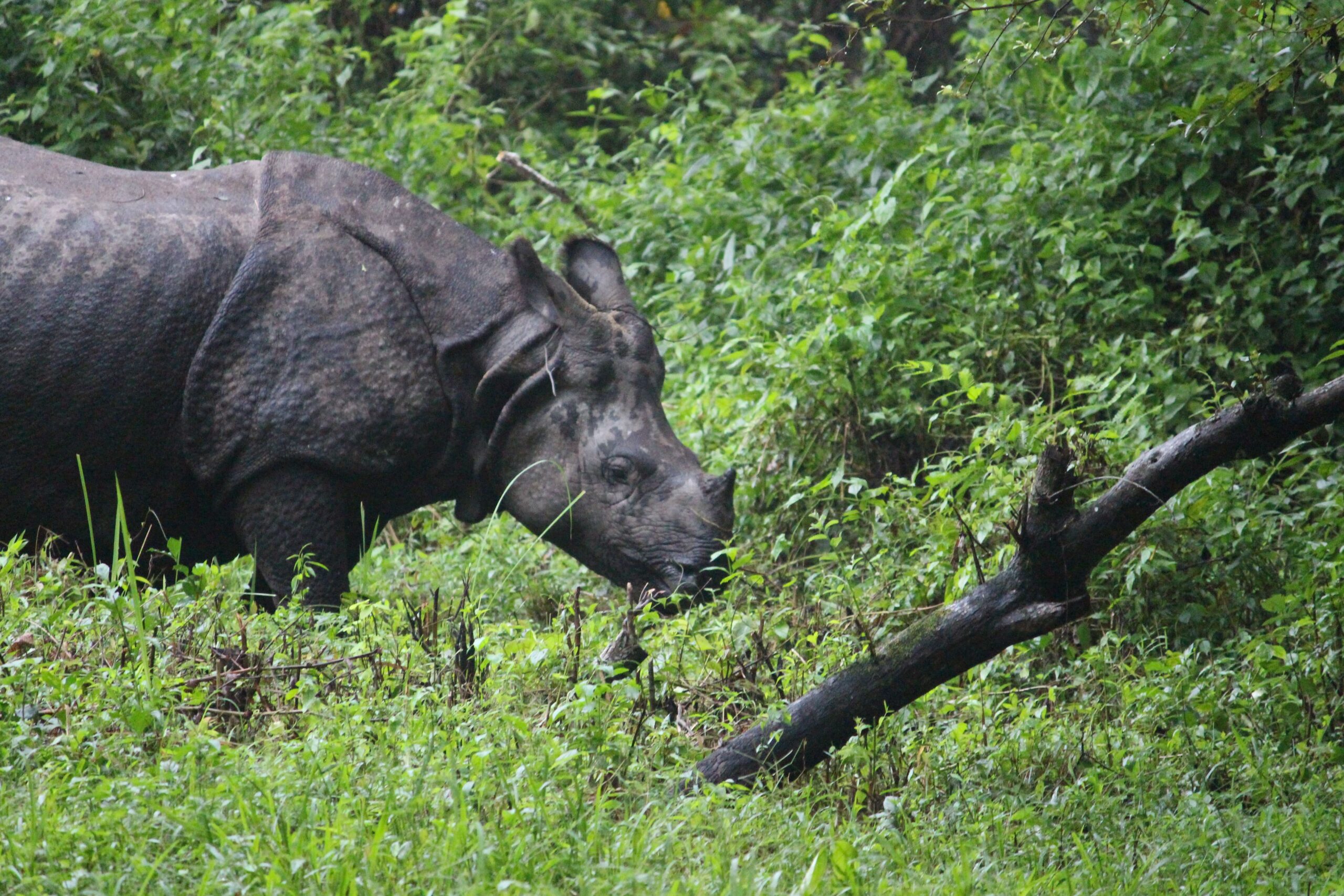

- By: Riyanka
- Oct 23, 2019
- (1) Comments
An Encounter With The One-Horned Rhinos In Jaldapara Wildlife Sanctuary
How easy is it to spot one-horned rhinos in Jaldapara, West Bengal?
Well, getting to spot the wildlife in India always seemed like a dream to me! For the last couple of years, I’ve tried my luck several times, at different Wildlife Sanctuaries & National Parks across the country, but (honestly) I never had a chance of spotting anything – apart from monkeys and deer, of course!
There have been numerous occasions where I had spent hours, trying to get a glimpse of a tiger, and every time I would return listening, “Idhar hi tha, abhi chala gaya!” (It was right here, it just left!)
Seemed like I got a little late to turn up, every time!
Earlier this year, when I traveled to Kenya, I fulfilled all my wishes of spotting the wildlife, in their natural habitat – and since then, I keep telling myself that it’s fine not to get everything at once! But I guess I’m getting there, by the day!

Table of Contents
ToggleStaying At Hollong Tourist Lodge in Jaldapara & Being Lucky!
When we were planning a trip to North Bengal, I convinced myself that we wouldn’t have a chance of seeing anything there – and spotting the rhinos seemed like a far-fetched dream! However, my uncle, who has been to Jaldapara before, was quite confident about seeing these rare beasts!
Honestly, if we hadn’t stayed at Hollong, we would probably have missed out on spotting the rhinos so closely! There were many people, who were staying outside the sanctuary and came for safari drives, and most of them got to see bison, elephants, barking deer, and peacocks!
Jaldapara Wildlife Sanctuary was declared a sanctuary in 1941 for the protection of its great variety of flora and fauna. Today, it has the largest population of the Indian one-horned rhinoceros in Bengal, and the second-largest in India, after Kaziranga in Assam.
Located within the vicinity of the sanctuary, Hollong Tourist Lodge is maintained by the West Bengal Tourism Development Corporation. Due to its prime location (just next to a salt pit where all the animals come at some point of the day or the other), there’s no way that one can miss a chance of seeing the rhinos!
One-Horned Rhinos & Their Sad Story!
At the gate of Jalpadara Wildlife Sanctuary, they have put up a heart-warming graffiti, where a rhino is crying, saying – ‘Don’t kill me, my horn has no medicinal value!‘ It’s sad that we, humans, become so reckless at times, that we often lose our logical thinking abilities while being greedy, killing these innocent animals.
Under the Convention on International Trade in Endangered Species (CITES), rhino horn trade was banned in 1977, yet countries like Vietnam and China carried on the trade in the black market. The horn is said to be used in traditional Asian medicine, though there is no scientific evidence that the horn is beneficial as a remedy. More recently, and particularly among the middle and upper classes of Vietnam, the purchase of rhino horn signifies someone’s wealth and success.
The Indian rhinoceros, also called the greater one-horned rhinoceros, has been listed as Endangered on the IUCN Red List, as populations are fragmented and restricted to less than 20,000 sq km. Currently, there are about 108 rhinos in Jaldapara, which increased from 84 in 2002.
CAUTION: This lawn is frequented by rhinos. Please do not go on foot.
It was around the afternoon and this board caught our attention, just as we reached Hollong. We had a good laugh, wondering why they’d put up such a thing! Surely, we took it extremely casually, until that evening, when a rhino came right across the window, grazing as if there was nobody around!
The lodge was filled with hustle & bustle, as everyone was excited to see the guests (err, the resident maybe – since it’s their place to live!) and the staff gave us high-power flashlights to see the rhino better, in the dark. It stayed there for nearly half an hour, before moving towards the salt pit and later, vanished.
I was convinced about the signboard by then!
The next morning, we headed out for a safari and traversed through the savannah trails, crossing the tiny Hollong rivulet. We got to see herds of bison, here and there, apart from an elephant family! We spotted a rhino couple, grazing by the bushes, but they quickly moved to hide as they heard us! Yes, we did see monkeys and deer too! Jaldapara is also a paradise for bird watchers. It is one of the very few places in India, where the Bengal florican is sighted. The other birds to be found here are the crested eagle, Pallas’s fish eagle, Finn’s weaver, jungle fowl, etc.
That evening again, a rhino visited us, next to the dining hall at Hollong! By this time, we were well soaked in the fact that they might just turn up at any time. I was thrilled with the fact that I was living amidst eerie silence, with no network in my phone, with a rhino accompanying me for dinner!
How To Reach Hollong & How Much Would It Cost?
Guess by now you’re convinced that if you’re heading towards North Bengal & planning to explore Jaldapara, Hollong is the place to stay! It’s surely not any luxurious accommodation, but it’ll tickle the wildlife lover in you and leave you in awe, now and then!
Located at a distance of 135 km from Siliguri, you can directly hire a car from Siliguri to reach Hollong Tourist Lodge.
Nearest airport – Bagdogra (145 KM).
Nearest railway station – Hasimara (20 KM). But it would be more convenient to take a train to NJP (New Jalpaiguri).
Hollong Tourist Lodge is surely for those who are seeking a break from the hustle & bustle of regular life and wish to ditch the crowded touristy spots, and spend a couple of days amidst nature.
The tariff for a double-bed room in Hollong is INR 2,500 per day. An additional bed will cost INR 600. There are only 7 rooms for tourists and the other 2 rooms are reserved for VIPs. The rooms are very spacious and give you the feel of being in the forest, for sure. The cost of food is INR 400 per head per day which includes breakfast, evening tea & snacks, and dinner. If one needs lunch, that would cost another INR 250.
Staying in Hollong is a lifetime experience but unfortunately getting a room there is a very tough job. Booking can be done through the West Bengal Tourism website.
If you’re planning a trip to North Bengal, then you must keep a day in hand to explore Jaldapara Wildlife Sanctuary and make sure that you stay at Hollong! The chances of spotting wild animals are much much higher and you will definitely have an encounter with a one-horned rhino!
While Kaziranga is more popular when it comes to wildlife adventures in Eastern India, I would suggest you consider Jaldapara for once – rest assured, you won’t be disappointed 🙂

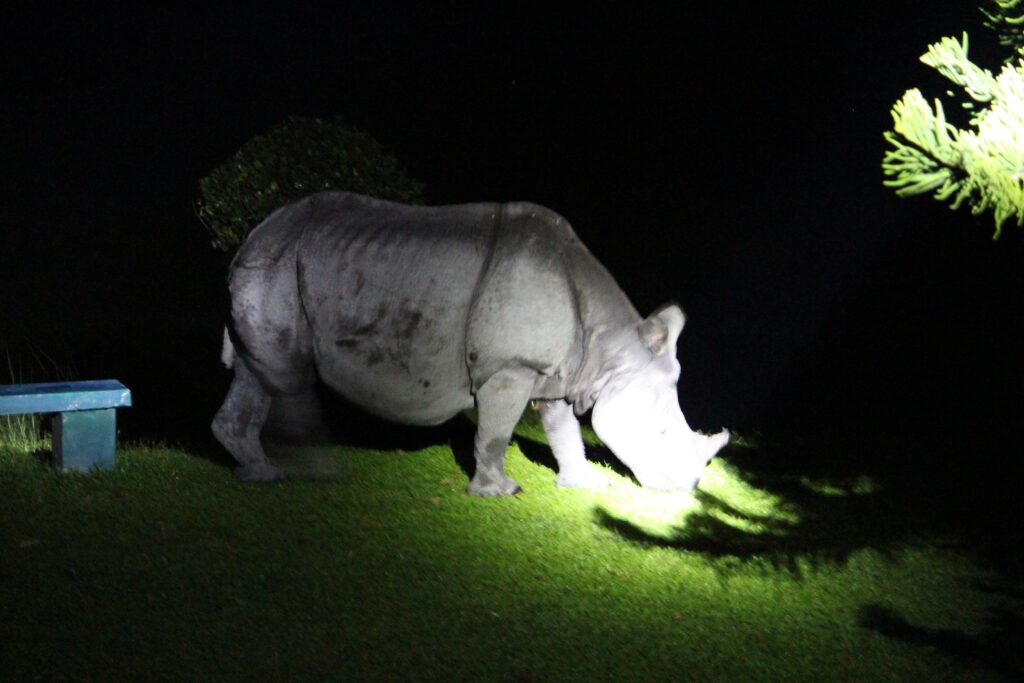
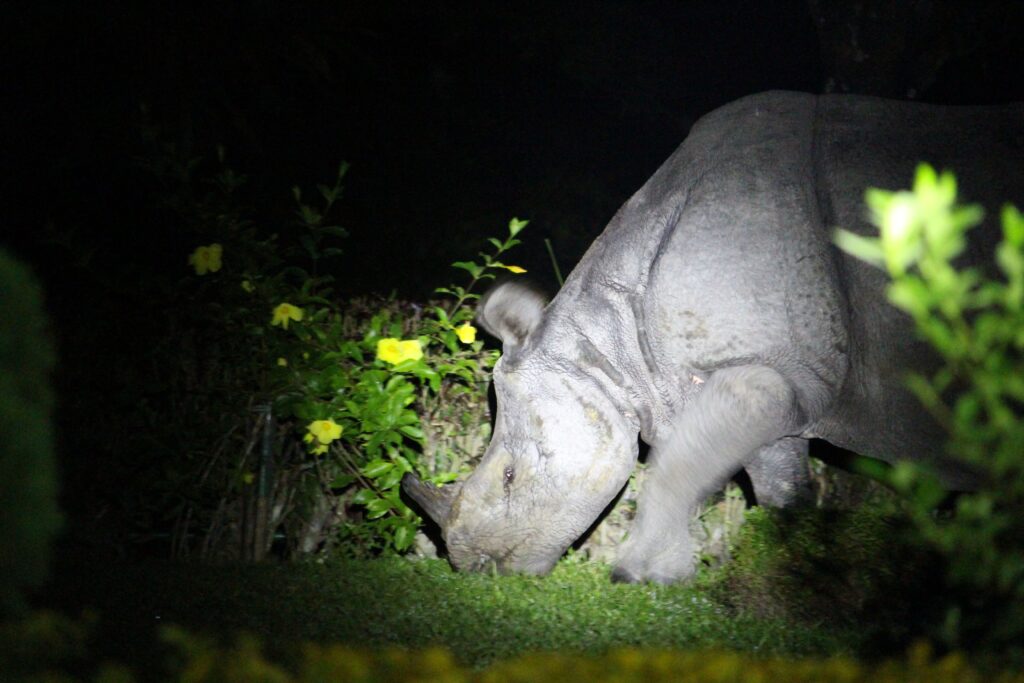

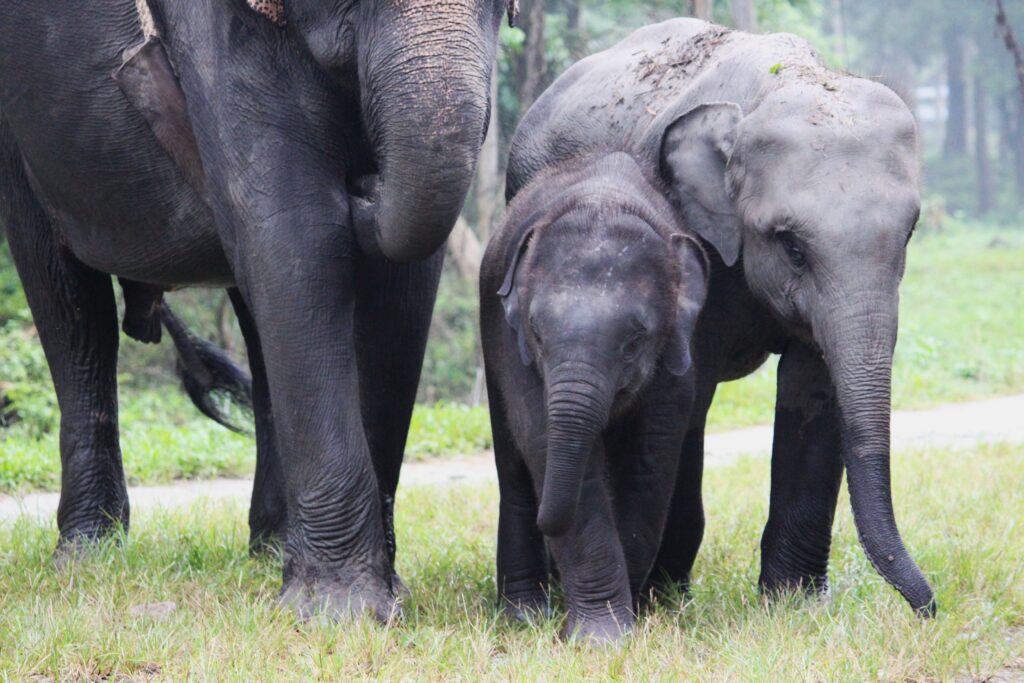
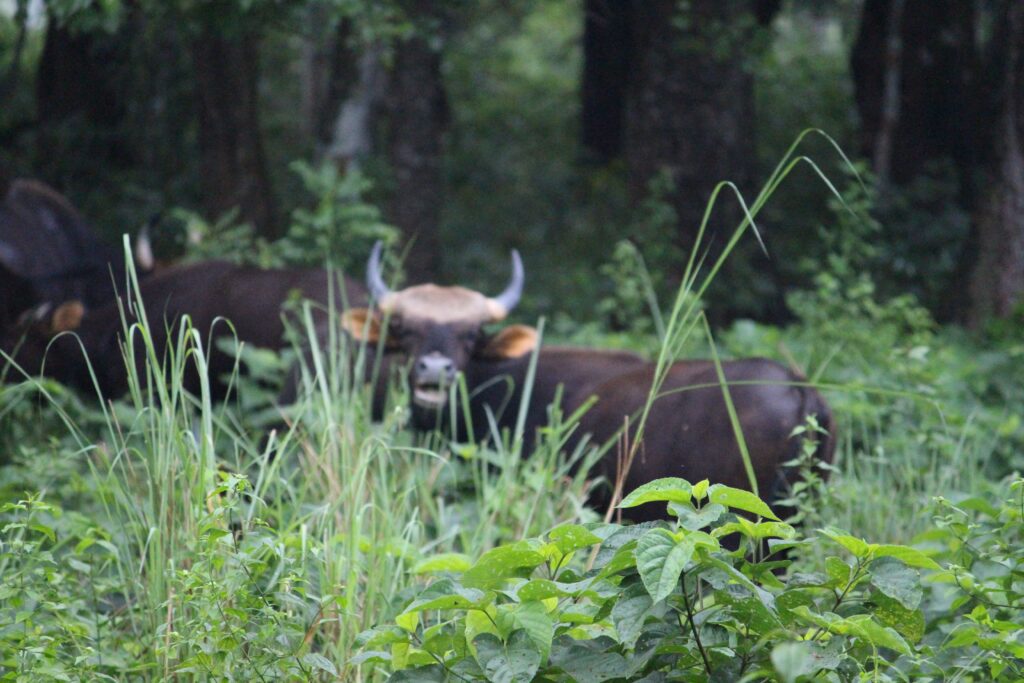
1 Comment
Leave a Reply Cancel reply

About Me
I travel to collect stories, slowly and meaningfully, with an open heart. I wander a little farther for good food, linger longer to understand a place, and write so I can call it “work.” A slow traveller at heart, I believe in experiences over checklists, in moments that unfold at their own pace, and in connections that stay long after the journey ends.
An absolute foodie and die-hard mountain lover, I find my happiest moments in quiet Himalayan towns with a cup of lemon-honey-ginger tea in hand. Over the years, I’ve had the joy of exploring places across India and beyond, each trip teaching me something new about people, cultures, and myself. When I’m not lost in thought or coffee, you’ll find me exploring the world one destination at a time, always looking for places that make me feel something. I love to read and write (give me a book and I’ll love you all the more) and share honest insights, real photos, and thoughtful recommendations from my own travels, so you can experience every place a little deeper, a little slower, and with just the right touch of comfort.
Subscribe To My Newsletter



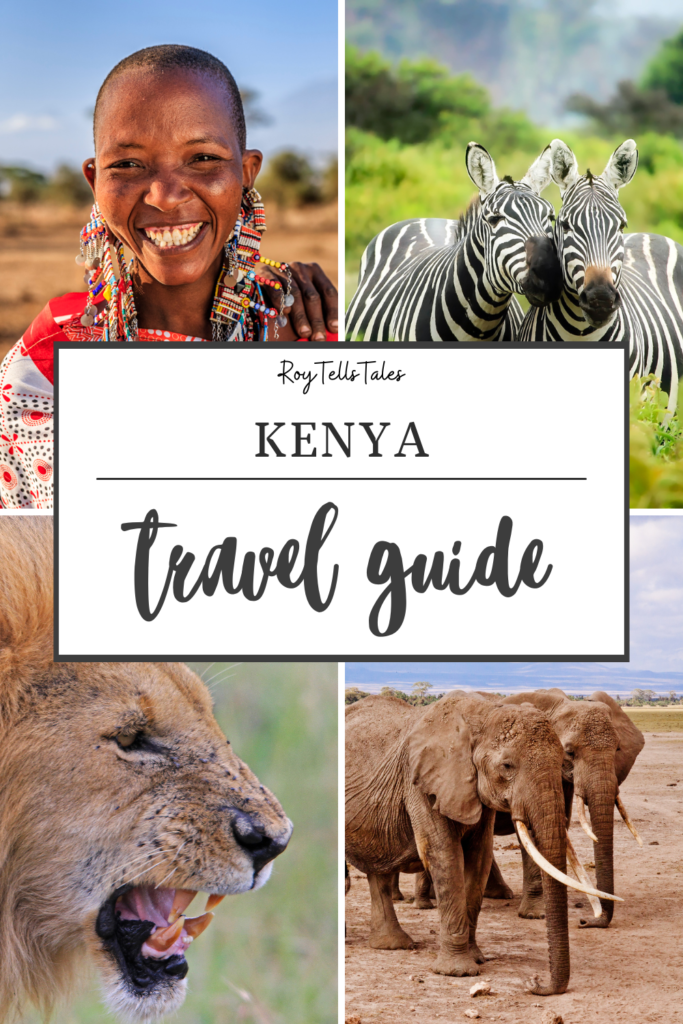
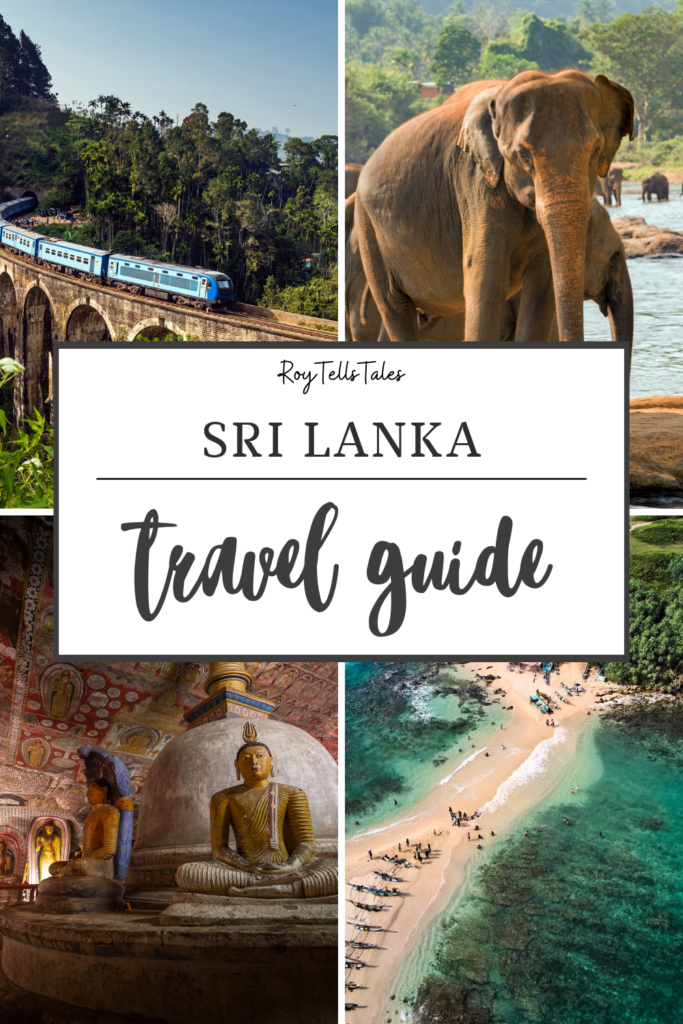











Loved reading this, it perfectly captures the calm and thrill of Jaldapara. Spotting rhinos from Hollong sounds like something out of a nature documentary. For anyone inspired to plan a similar escape, you can check out some great Dooars tour packages that cover Jaldapara and nearby forests too.